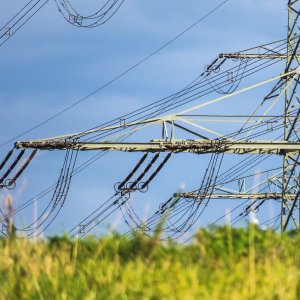Experience Leading Market Transitions

Experience Leading Market Transitions

STORY INLINE POST
Q: Galicia Abogados has 20 years of experience working in the electricity sector. What is your assessment of the transformations it has undergone?
CM: The sector has undergone a constant evolution and its advancement did not start with the Energy Reform. Since 1992, Mexican law permitted the participation of private players in some industry segments through the IPP figure and self-supply schemes. These were the first private generation models designed for private consumption. As years passed by, private industry fortified the country’s generation base. Even though CFE had over 40 power facilities, the utility did not operate them. Competition among different players resulted in low electricity prices. The first auction process took place in 1994 with the construction of the Merida III thermoelectric plant. This facility was awarded in 1997 and set the path toward independent energy production. The first large-scale self-supply project also took place during this period and was developed by CEMEX. At this point, we started to see more projects under these schemes and private players started to look at Mexico’s electricity sector. Given this, CFE also started to modernize its facilities and install new power plants. Private infrastructure started to be developed parallel to the utility’s growth. When the Energy Reform took over the market, the industry was already prepared for this shift. Unlike the oil and gas industry where 100 percent of the activities were managed by PEMEX, in the electricity segment companies such as Siemens, MITSUI, Mitsubishi, Enel Green Power México, and Engie were already present. This explains why the transition toward a liberalized market was a natural next step.
Q: How do you foresee the development of the industry under the AMLO administration?
CM: The electricity industry has such inertia that reverting private generation to CFE implies shutting down complete states and leaving many users without service. The main question is who is going to operate these assets. Hence, this strategy makes no sense. I believe this approach should be revised to improve the existing model and support its continuity. The electricity generated by the long-term auction scheme translated into low costs for the Mexican government, as the main purchaser was CFE. In addition, the country has relevant environmental commitments at a global level. Nevertheless, under this new landscape power generators are seizing market opportunities. These players were the first to dislike the long-term auction scheme because companies with strong financial arms reduced price margins. At the moment, they are seeking to consolidate PPAs. On the other hand, in the attempt to decrease their electricity bills, off-takers want cleaner energy sources. While the market regains its momentum, there will be many bilateral contracts and M&As.
In the end, this administration will realize that the “bad things” were not that bad. There might be corruption and planification mistakes, but these elements are not present in the auctions, bidding rounds or transmission line projects. Eventually, the auctions will be reactivated.
Q: Which industry case best highlight the firm’s capabilities?
MV: From an international trading perspective, the first challenge was to reach a common understanding between our clients and the Mexican authorities of what was needed to supply equipment for the development of a project. As gas power generation was already in an advanced stage, our advising focused on permitting and regulatory aspects. Nevertheless, to cope with the Paris Agreement targets, many challenges emerged on how to generate clean energy at the lowest possible cost. In addition, the low margins achieved during the auctions also put pressure on developers to maintain high profits. The clean energy shift was so quick that local industry could not cope with demand. At this point, the law firm’s Energy and International Trade practices started to work together to figure out how this equipment could be imported. At first, it was very easy as there are certain classifications of tariff codes that permit the importation of many consumables without paying taxes. After this, the national industry started to realize the huge market niche solar PV represented and asked for protection from the Mexican state. Through an aggressive approach, solar panels stop being considered under this specific tariff code that permitted its fee-free importation. This change in product interpretation increased its tariff code by a 15 percent rate. This amount destroys any project, as solar panels represent close to 60 percent of the total cost of a project. Hence, we designed a strategy so that these contracts could benefit from a scheme the government works with where the tariff impact does not increase the cost of a project.
Galicia Abogados is a leading legal firm in Mexico with more than 20 years of experience in helping its clients make the best decisions for their businesses. The company works in the financial, energy, infrastructure, private equity, real estate an regulated industry segments.























